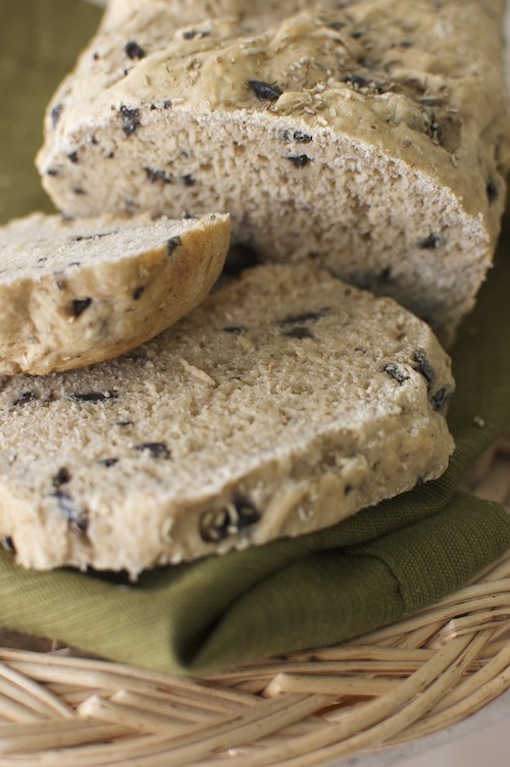Enjoy all of the benefits of meal planning and more with our Meal Mentor membership. This includes 16 simple, healthy recipes and a shopping list for each week, as well as exclusive access to our members community and content library!
I recently received an email about self-rising flour and I thought I'd answer it here on the blog since it was such a great question.
Baking is like your own little (hopefully edible) science experiment, and it's been the trickest genre of cooking for me to learn (and I admit I still have failures sometimes).
At the core, baking is chemistry and it turns on the ratio of ingredients, as well as the total combination of them, which is why substitutions can sometimes lead you astray.
This couldn't be more true when it comes to self-rising flour. A recipe that calls for self-rising flour needs self-rising flour. Similarly, you can't substitute self-rising flour for regular flour.
Self-rising flour is exactly what it sounds like: a type of flour that doesn't need a leavening agent (such as baking soda) to rise because it's already mixed in to the flour.
Recipes that use self-rising flour generally don't call for baking soda or baking powder (or yeast) but recipes using regular flour (such as all Happy Herbivore recipes) require you add baking powder or baking soda, or a combination.

Generally speaking, you can't use regular flour in a recipe calling for self-rising flour, because it won't rise. Similarly, you can't use self-rising flour in place of regular flour because you'll have added too much leavening agent.
Of course, it's possible to guess or figure out how much baking powder to add or subtract (see below for a helpful guideline) to adapt a recipe, but I don't recommend it, which brings me to my final comment:
Although self-rising flour sounds handy, there are two reasons why I don't use it: The first one being you can't control your ingredients the way you would if you added them in yourself. (Remember how I said baking is a science experiment? Too much (or too little) leavening agent can cause a baking flop). I'm not a chemist or a math whiz by any stretch of the imagination so I know I'd screw it all up if I tried to do the guesswork. I'm just more comfortable mixing my flour with my leavening agent. The second is I've never found whole-wheat self-rising flour, it's always all purpose (white flour) based, and I don't use all purpose flour.
Finally, if you want to make your own self-rising flour blend for a recipe requiring self-rising flour, mix 1 cup of flour (all purpose is used in commercial blends) with 1 1/4 tsp baking powder and 1/4 tsp salt. (source).
Happy Baking!














